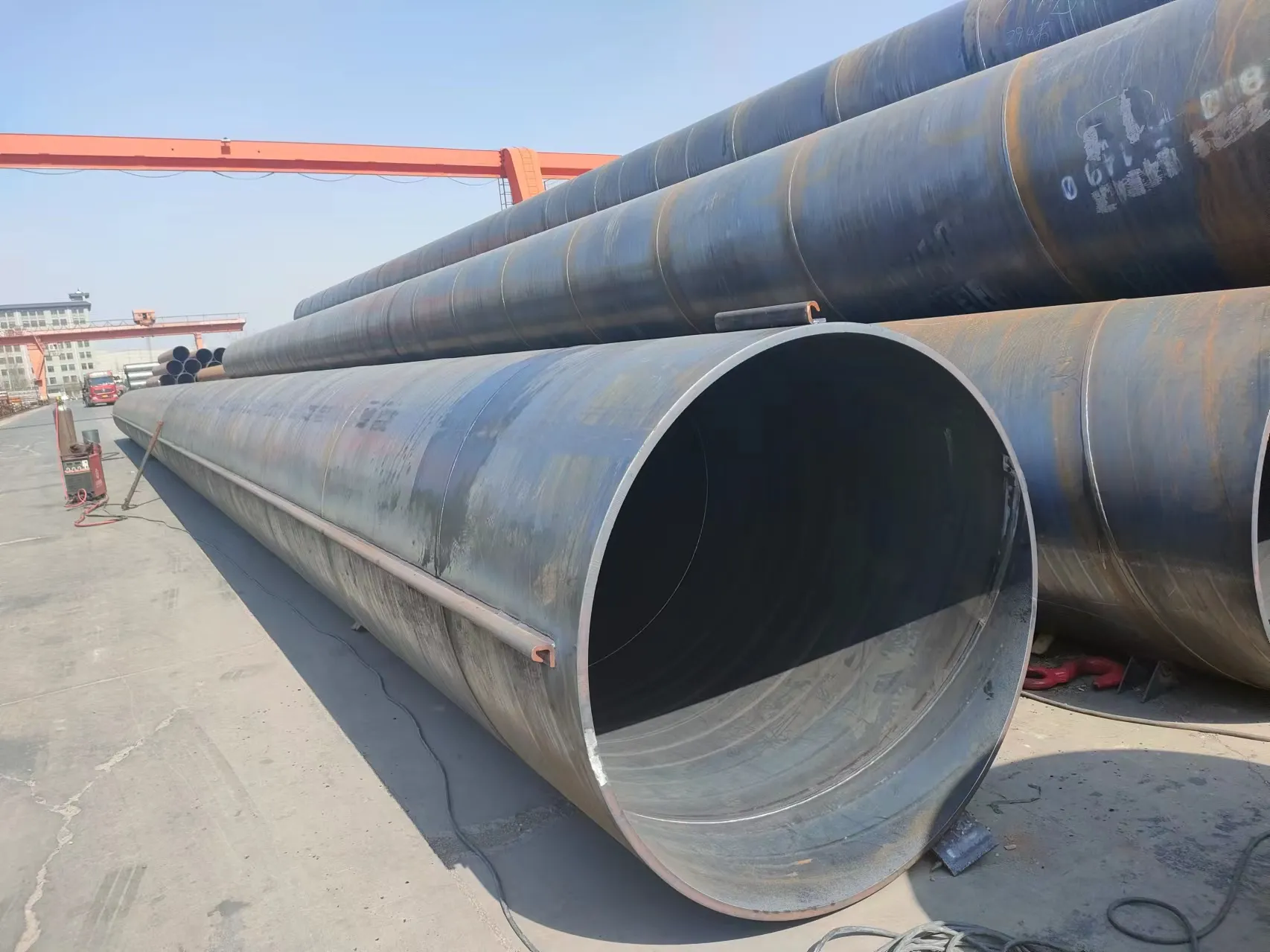-
Cangzhou Yulong Steel Co., Ltd.
-
Phone:
+86 13303177267 -
Email:
admin@ylsteelfittings.com
- English
- Arabic
- Italian
- Spanish
- Portuguese
- German
- kazakh
- Persian
- Greek
- French
- Russian
- Polish
- Thai
- Indonesian
- Vietnamese
- Zulu
- Korean
- Uzbek
- Hindi
- Serbian
- Malay
- Ukrainian
- Gujarati
- Haitian Creole
- hausa
- hawaiian
- Hebrew
- Miao
- Hungarian
- Icelandic
- igbo
- irish
- Japanese
- Javanese
- Kannada
- Khmer
- Rwandese
- Afrikaans
- Albanian
- Amharic
- Armenian
- Azerbaijani
- Basque
- Belarusian
- Bengali
- Bosnian
- Bulgarian
- Catalan
- Cebuano
- China
- China (Taiwan)
- Corsican
- Croatian
- Czech
- Danish
- Esperanto
- Estonian
- Finnish
- Frisian
- Galician
- Georgian
- Kurdish
- Kyrgyz
- Lao
- Latin
- Latvian
- Lithuanian
- Luxembourgish
- Macedonian
- Malgashi
- Malayalam
- Maltese
- Maori
- Marathi
- Mongolian
- Myanmar
- Nepali
- Norwegian
- Norwegian
- Occitan
- Pashto
- Dutch
- Punjabi
- Romanian
- Samoan
- Scottish Gaelic
- Sesotho
- Shona
- Sindhi
- Sinhala
- Slovak
- Slovenian
- Somali
- Sundanese
- Swahili
- Swedish
- Tagalog
- Tajik
- Tamil
- Tatar
- Telugu
- Turkish
- Turkmen
- Urdu
- Uighur
- Welsh
- Bantu
- Yiddish
- Yoruba

Sep . 23, 2024 04:44 Back to list
steel weld fittings
Steel Weld Fittings An Overview
Steel weld fittings are essential components in various piping systems, designed to connect, redirect, or terminate pipelines. These fittings are primarily used in industries such as oil and gas, construction, and manufacturing, where robust and reliable mechanical connections are crucial for operational safety and efficiency. The strength, durability, and resistance to extreme conditions make steel a preferred material for weld fittings.
Welding is a process that involves fusing two pieces of metal together using heat, which creates a strong bond. In the case of steel weld fittings, this process results in seamless joins that minimize the risk of leaks and other failures that could occur with mechanical fasteners. Common types of steel weld fittings include elbows, tees, reducers, and flanges, each serving specific purposes in a piping system.
Elbows are used to change the direction of flow, typically at angles of 45 or 90 degrees. Tees allow for branching out a pipeline, enabling the connection of additional segments. Reducers facilitate the transition between pipes of different diameters, ensuring smooth flow and minimizing pressure drops. Flanges serve as connection points for piping assemblies, providing access for maintenance and inspection.
steel weld fittings

One of the significant advantages of steel weld fittings is their ability to withstand high pressures and temperatures
. This resilience makes them ideal for critical applications, such as in chemical processing plants and power generation facilities, where the risk of failure could have catastrophic consequences. Additionally, steel fittings are resistant to corrosion, especially when treated with appropriate coatings or finishes, extending their lifespan and reducing overall maintenance costs.When selecting steel weld fittings, several factors must be considered, including material specifications, size, pressure ratings, and compatibility with existing piping systems. Proper installation is also vital; therefore, skilled professionals should perform welding to ensure the integrity and reliability of the connections.
In conclusion, steel weld fittings play a pivotal role in various industrial applications, offering strong, durable connections crucial for safe and efficient operations. As industries evolve and demand for more robust piping systems increases, the significance of high-quality steel fittings continues to grow, driving innovations in design and manufacturing processes. Understanding their types and applications is essential for engineers and contractors involved in the planning and execution of piping projects.
Latest news
-
ANSI 150P SS304 SO FLANGE
NewsFeb.14,2025
-
ASTM A333GR6 STEEL PIPE
NewsJan.20,2025
-
ANSI B16.5 WELDING NECK FLANGE
NewsJan.15,2026
-
ANSI B16.5 SLIP-ON FLANGE
NewsApr.19,2024
-
SABS 1123 FLANGE
NewsJan.15,2025
-
DIN86044 PLATE FLANGE
NewsApr.19,2024
-
DIN2527 BLIND FLANGE
NewsApr.12,2024
-
JIS B2311 Butt-Welding Fittings LR/SR 45°/90° /180°Seamless/Weld
NewsApr.23,2024











